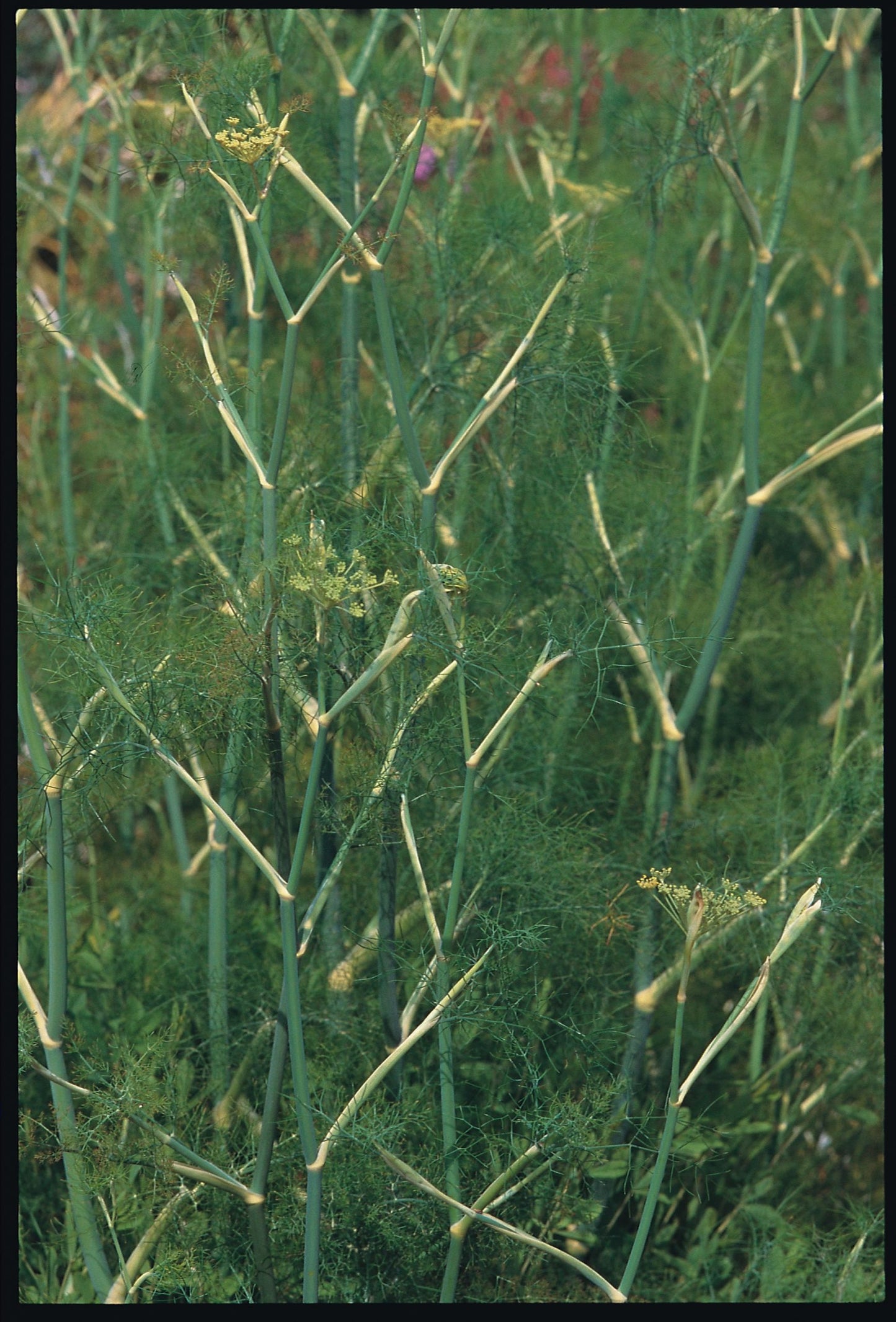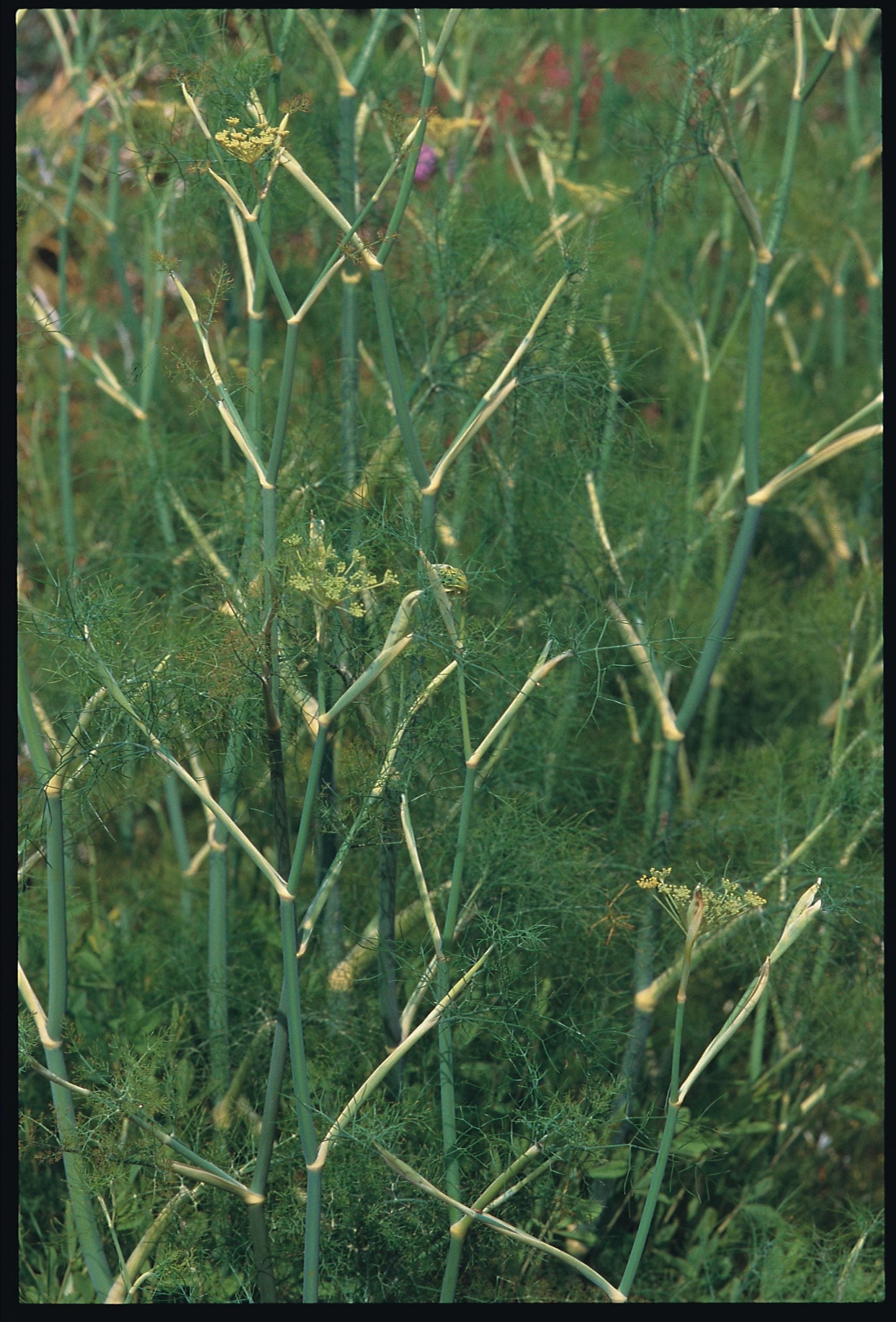Fennel Common
Fennel Common
Packet Size: 50 seeds
Couldn't load pickup availability
Common Fennel (Foeniculum vulgare) brings a fragrant, subtle sweetness to a wide range of dishes, both savoury and sweet. This versatile perennial herb is known for its feathery, fern-like leaves and distinctive aniseed flavour. These aromatic leaves are a wonderful seasoning for rich meats such as pork, lamb, and poultry stuffing, enhancing their depth of flavour.
Fennel seeds are equally prized in the kitchen, used in sauces, breads, and spice blends - especially within Indian and Middle Eastern cuisines. Whether used fresh or dried, fennel adds a unique, slightly sweet note that lifts everything from roasts to desserts.
This variety is part of our naturally nurtured range, the seed comes from an organic source
🌱 Seasonal Growing Guide
SPRING:
- sow in early spring in plug trays.
- Cover with perlite or similar and provide bottom heat.
- Transplant into pots or the garden when large enough and the soil is warmer.
SUMMER:
- Pick young stems and leaves as needed for fresh use
AUTUMN:
- Divide established plants to maintain vigour
📌USES:
GREAT FOR WILDLIFE
- Umbel-shaped flowers are a magnet for honeybees, bumblebees, and solitary mining bees.
- Hoverflies and lacewings visit frequently—both are excellent allies for natural pest control.
- Attracts beneficial beetles and moths, including the striking Mouse Moth.
- Listed by the RHS as a pollinator-friendly plant.
EDIBLE
- This is a lovely seasoning - leaves and seeds can be used
- Fennel seeds have a sweet, aromatic aniseed or liquirice-like flavour, although they are milder than liquorice. They add a subtle and fragrant sweetness to both sweet and savoury recipes.
- Add seeds whole of ground to curries, breads, and spice blends
- For extra flavour, dry-fry whole seeds to release their aroma before using. They can be ground with a pestle and mortar
- Roasted seeds can be chewed after meals as a natural digestive - sometimes served in Indian restaurants.
- They are also a key ingredient in Chinese five spice powder.
A QUICK GUIDE TO HARVESTING YOUR FENNEL SEEDS
1. Let seeds ripen
Wait until seed heads turn from green to grey-brown (late summer to early autumn).
2. Cut seed heads
Harvest on a dry day, before seeds start dropping.
3. Dry thoroughly
Hang upside down in a paper bag or over a tray for 1–2 weeks.
4. Collect & store
Rub seeds free, clean, and store in an airtight container in a cool, dark place.
HISTORICAL
- Fennel seeds are native to the Mediterranean but Ancient Egyptians used them for both food and medicine, and the Chinese used them as a remedy for snake bites.
- During the middle ages fennel seed was hung over doorways to protect the occupants from evil spirits
- Fennel is also associated with the origins of the marathon - the Battle of Marathon was said to be fought in a field of fennel, and Pheidippides reportedly carried a fennel stalk as he ran that legendary distance to summon reinforcements.

Collapsible content
Sowing
- Mar
- Apr
- May
- Jun
- Jul
Harvesting / Flowering
- Jun
- Jul
- Aug
- Sep

